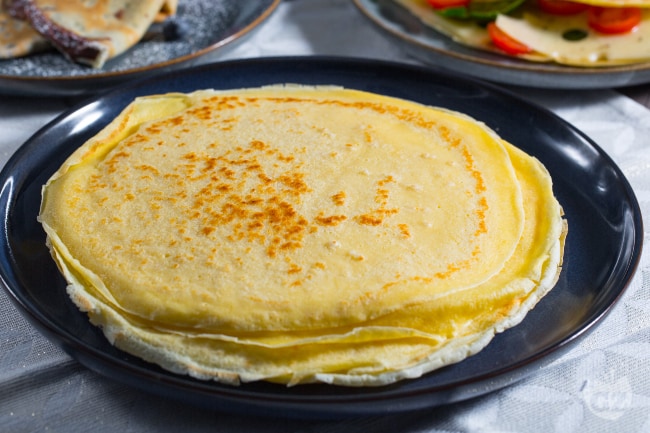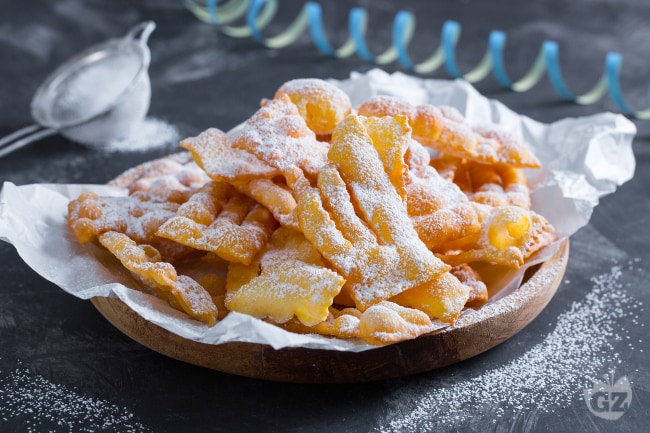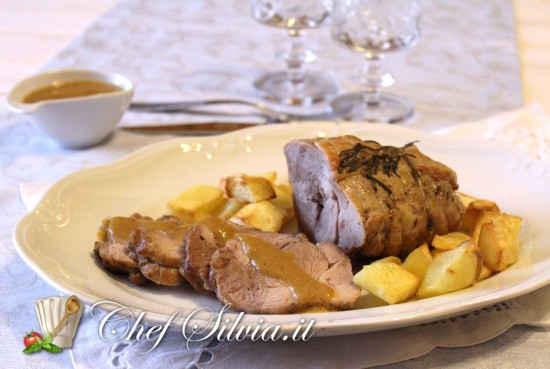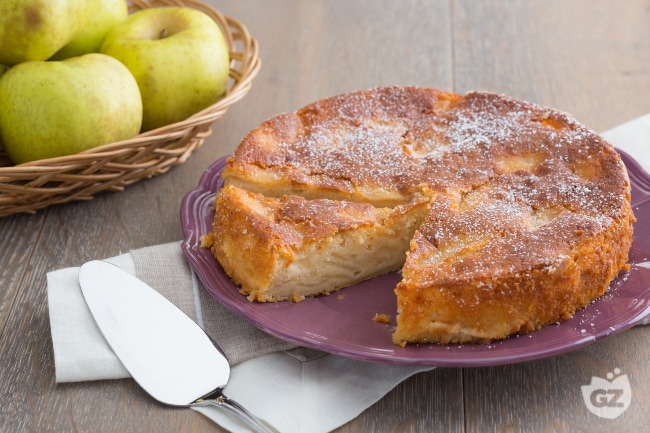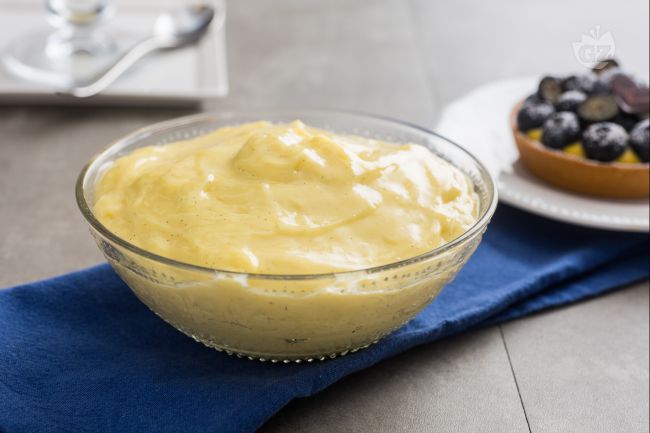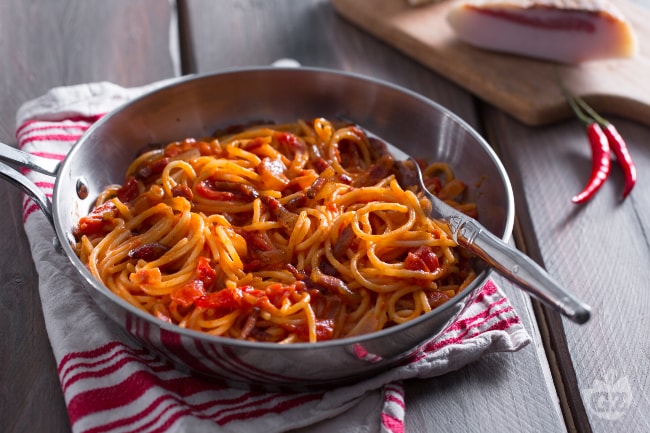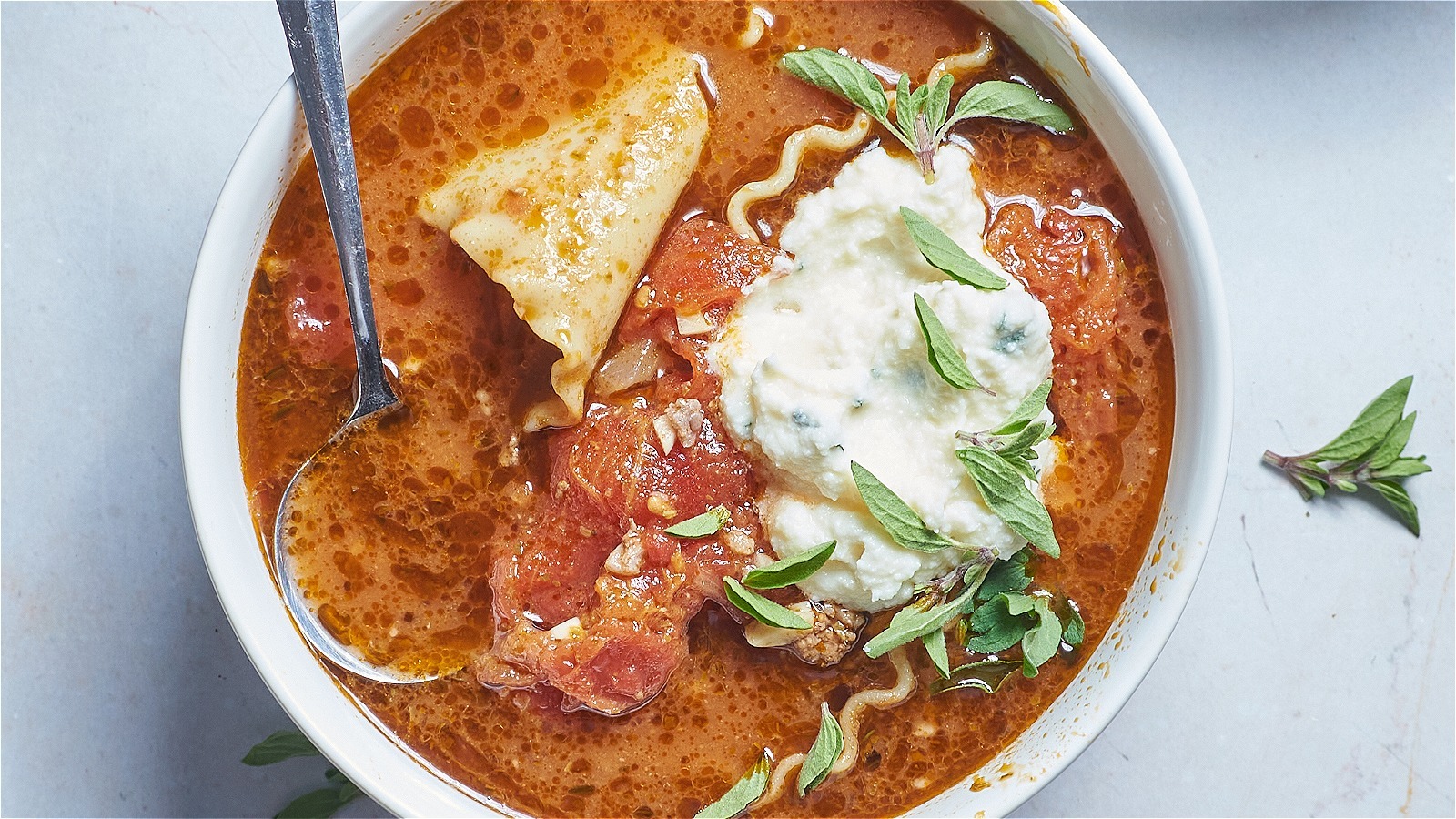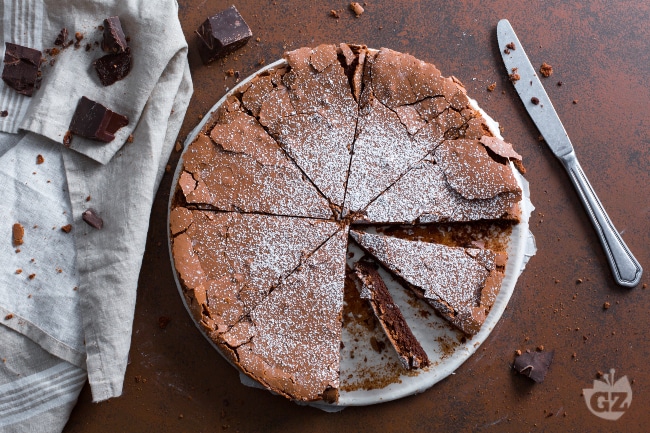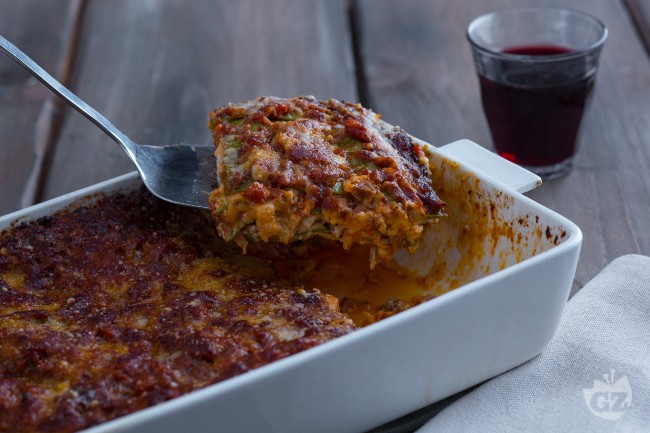

Lasagne alla Bolognese is an institution, the typical Sunday dish. This rich and tasty dish is originally from Emilia and, specifically, from the city of Bologna. However, lasagna is known, appreciated, made, redone for parties and not only that, tasted and shared not only throughout Italy, but also abroad as a symbolic Italian dish. Layers of green egg pasta, topped with the classic ragout of tradition, béchamel and grated cheese. Obviously there is no shortage of lasagna which is numerous and delicious variants like that squash and sausage , with mushroomsthe mountainperfect for autumn menus, that one with artichokes for the winter and spring season, or that white, without tomato. From the preparation to the ingredients, this recipe is the quintessence of the “richness” of traditional Bolognese cuisine, also famous for many other fresh pasta recipes and more, just think of the fried dumpling. You just have to prepare it and enjoy it in the company of your family for a very special day!
Read the recipe in English
To prepare lasagna alla bolognese, start with the ragù. Prepare the vegetable broth that you will need to keep warm. Then take the bacon, cut it first into strips 1. With a knife or a crescent, chop it well 2. Separately, prepare finely chopped carrots, onions, celery and keep it aside 3.
In a saucepan, pour a drizzle of oil and the bacon. Grate it well with a ladle 4 and let it brown for a few minutes. Then add the chopped vegetables 5 and cook for 5-6 minutes 5. Then add the minced meat 6. Stir and raise the flame. Let the meat brown without haste, it must be well browned to seal the juices and be soft and not stringy.
Deglaze with the red wine 7then wait until it has completely evaporated and add the tomato puree 8. Stir, the ragù must cook for two hours. When it starts boiling again, you can add a little hot broth, one or two ladles 9. Then let the ragu go for at least a couple of hours.
You will have to cook with the lid on, without closing it completely 10. Check and stir from time to time, if necessary add more broth and cook for the indicated time. Now move on to the pasta. First, pour the spinach into a pan 11add a little water, cover with a lid 12
and let cook until they are wilted, in total it will take 5-6 minutes 13. At this point drain them, let them cool and squeeze them well 14. Transfer them to a mixer 15
and blend them until you get a puree 16. You will have to obtain 100 g of it. Now on a pastry board pour the semolina and the 00 flour 17, add the spinach and create a fountain shape. Add the lightly beaten eggs 18
and the yolks, always beaten 19. Start kneading everything starting from the center 20, this way the eggs will not slip out of the fountain. Mix well until you get a homogeneous dough 21.
Wrap it in foil 22 and let stand for 30 minutes at room temperature. In the meantime, prepare the béchamel, always remembering to check the ragù. In a saucepan, heat the milk 23without boiling it. In another pan, pour the butter 24 and let it melt.
Add the flour in one go 25 and cook for a few minutes until a golden roux is obtained 26. Then pour the hot milk in 3 times 27mixing well.
Add salt and flavor with nutmeg 28. Keep mixing until you get a creamy bechamel 29. Transfer to a bowl, cover with cling film and set aside. As soon as the 30 minutes have elapsed, take back the dough stick and take a piece of it 30. Cover the remaining dough with plastic wrap to keep it from drying out.
With the help of a little semolina, flatten it slightly on the pastry board to form a rectangle and roll out the dough in the machine. Start with a larger thickness, then fold the pastry back on itself and pass it over again. When you feel it is too wet, sprinkle with a little semolina. Gradually reduce the thickness until you get a sheet just over half a mm thick. Transfer it to a pastry board and cut into 30x20cm rectangles 32. Continue in this way until the dough is finished and in the meantime put a pot full of water on the fire and salt it. When it starts to boil, add one sheet at a time 33,
wait 30-40 seconds and with the help of a slotted spoon drain it 34. Transfer it to a tray with a tea towel 35 and dab to remove excess water. Continue in this way placing the cooked sheets side by side, without overlapping them. As soon as the ragu is ready too 36 season with salt and pepper and proceed with the composition of the lasagna.
Take a large lasagna pan 30×20 cm and butter the bottom 37. Add a thin layer of béchamel and one of ragù 38. Then place the first sheet 39,
add a layer of béchamel and one of meat sauce 40. Add the grated Parmesan 41 and place another sheet of pasta on top 42.
Add another layer of béchamel and one of meat sauce 43add the grated cheese 44 and continue like this until you have 5 layers. After placing the last sheet, add the ragu 45
so as to completely cover the dough 46. Sprinkle with grated cheese, add tufts of butter 47 and cook in a preheated static oven at 170° for 40 minutes. The lasagna alla bolognese is ready to be served. 48.
